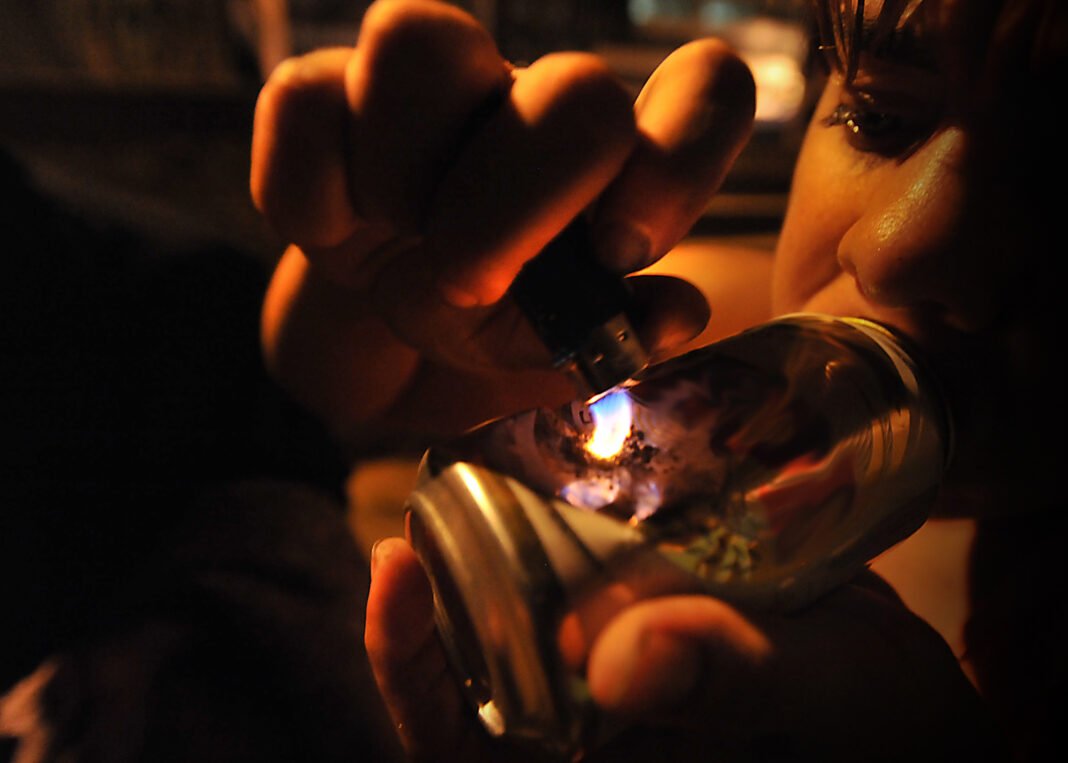The most famous cracolândia in São Paulo —currently concentrated on Rua dos Protestantes, in the city center— is not the only agglomeration of drug addicts in the capital of São Paulo or the state. In the city of Rio de Janeiro, the city hall mapped 50 points of drug use in the city.
This Content Is Only For Subscribers
To unlock this content, subscribe to INTERLIRA Reports.
Others
São Paulo has 72 concentrations of drug users, classified by the Tarcísio de Freitas (Republican) administration as “areas of attention”. They are spread across 47 neighborhoods.
Data collected by the government at the beginning of 2023 shows that — in the state — there are 160 cracolândias, divided into 45 cities.
Majority of the Periphery
Most of the places where drugs are used are on the outskirts of the city of São Paulo. 20 in the East Zone, 14 in the North Zone, 6 in the South Zone, and just one in the West Zone, in Rio Pequeno.
Parque Novo Mundo
Parque Novo Mundo, in the North Zone, was the neighborhood with the most incidences of points outside the center, with four in total. It is located where the Presidente Dutra highway meets the Tietê road, in an area surrounded by warehouses. Two favelas cross the region, Funerária and Marcone.
Another 15 points are in the center: six in Campos Elíseos, four in Santa Ifigênia, two in Consolação and Liberdade, and one in Sé. Cracolândias were also located in Alto de Pinheiros and Pinheiros, prime areas in the West Zone.
Some Points in Rio
In Maracanã, close to the stadium and the State University of Rio de Janeiro (Uerj), drug addicts consume the drug under the walkway of the train and subway stations.
In the Botafogo neighborhood, there are two spots occupied by homeless people and drug users, on Rua Mena Barreto and in front of the City Palace, the headquarters of Rio’s City Hall.
Compulsory hospitalization
In December last year, Rio City Hall announced a new action plan to serve the homeless population, called “Moving Forward”. The project foresees, among other measures, the compulsory hospitalization of drug users. The Municipal Health Department says there were 34 compulsory and 640 involuntary hospitalizations this year in Rio.
Analysis:
The concentration of drug users in São Paulo and Rio de Janeiro highlights a serious public health problem, requiring coordinated and multifaceted actions.
At-risk populations, such as the homeless and drug users, are often marginalized and lack access to essential health, housing, and employment services. The repressive approach can exacerbate these people’s vulnerability without addressing the underlying causes of drug use, such as poverty, trauma, and lack of opportunities. This not only directly affects these populations, but also has repercussions for society as a whole, including an increase in crime, an overload on health services, and the perpetuation of social inequalities.
The long-term effectiveness of these policies depends on the implementation of a comprehensive system that includes treatment, social reintegration, and ongoing support. Collaboration between governments, NGOs, and local communities is essential to develop sustainable strategies.
Sources: G1, A Folha de SP.




